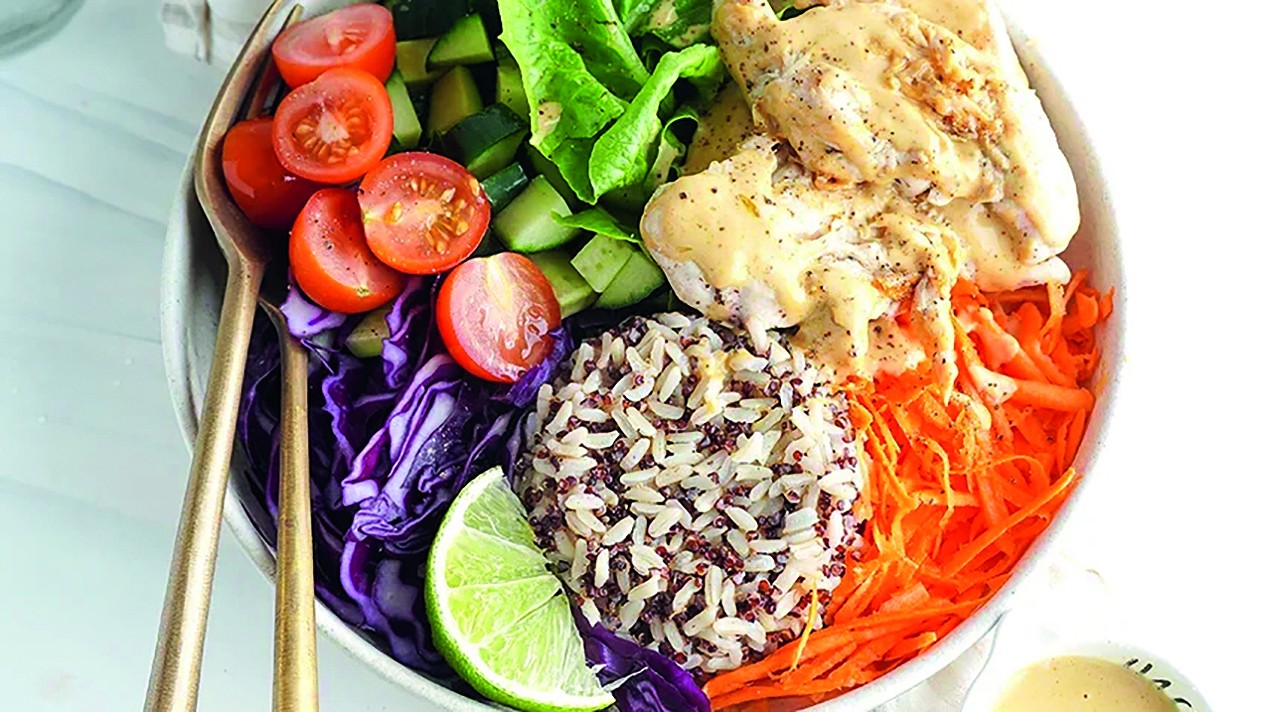CATEGORIES
- Latest News
- Interviews
- Golf Travel
- Features
- Juniors
- Competition
- Events
- Health
- Equipment
- Fashion
- Archive
INFORMATION
CURRENT ISSUE
-(1).png)
SUBSCRIPTIONS



Words by: Simone Austin
In the world of golf, where precision and strategy reign supreme, it's easy to overlook the physical demands of the game. Yet, consider
this: the average golf course spans 6 kilometres
(if you walk directly) and involves over 10 000 steps.
To navigate every swing and putt with finesse, you need more than just skill - you need the right fuel. Enter carbohydrates. These energy-packed nutrients are your ticket to staying sharp and energised, ensuring you can conquer every hole with precision and power.
The role of carbohydrates
The primary role of carbohydrate is to provide energy to cells, particularly the brain which uses glucose for its metabolism, and also to working muscles. The intensity you are playing at will determine how much carbohydrate you might need. If you’re walking at a cracking pace and want to perform at your best, then fuelling your game with carbohydrates is critical to help enhance performance.
Many carbohydrate foods are also sources of other valuable nutrients such as vitamins, minerals and dietary fibre, including wholegrain cereals and grains, fruit, milk, yoghurt, vegetables and legumes.
So how much carbohydrate do I need?
Everyone is different in how much carbohydrate they will need depending on overall activity level. The more active you are, the longer the duration, and the higher the intensity of the physical activity, the more carbohydrate you will likely need.
As a game of golf is typically long in duration and involves the repetition of powerful swing movements, fuelling is important to avoid physical and mental fatigue. However, it is not a high-intensity activity throughout the whole round, so carbohydrate levels are not equivalent to a high-intensity endurance event such as a triathlon.
Research has shown that blood glucose levels, which are influenced by carbohydrates, can decrease during a round if you are not refuelling with carbohydrate-rich food and/or drinks.
This drop in blood glucose levels may impact focus, decision making and depth of perception, and lead to a player feeling fatigued. So, by not fuelling yourself optimally with carbohydrates your game might suffer!
You can use the Australian Dietary Guidelines cereals serving recommendations as a base guideline (more on this below!), particularly for the Grain food group, and then tweak to suit your personal needs.


How many servings of Grains should you eat per day?
The Australian Dietary Guidelines outline the recommended number of serves of grains per day. Adults should generally aim for at least 4-6 servings of grains per day, with at least two-thirds of these wholegrain or a high-fibre cereal variety. Additional servings of grains can be added for extra energy needs.
Carbohydrates, however, are also found in the Fruit, Vegetables, Legumes, Dairy and Alternatives food groups. Looking at suggested servings of these and hitting recommended targets will help fuel and provide valuable nutrients for you.
What does a serve of Grains look like?
A serve of grain foods is based on a serve that provides around 500 kilojoules in the Australian Dietary Guidelines.
Some of these serves are smaller than you might think:
What to eat before, during or after golf
Planning a pre-round meal that includes carbohydrates is a good place to start as this will provide energy throughout the round.
Here are some examples:
During the round, how much you need to eat will depend on whether it overlaps with a mealtime. If you had a meal before starting the round, then a snack will do. Otherwise, you may need to eat your meal on course.
For example:
If you are playing a tournament with back-to-back days of golf, then refuelling in between rounds with both protein and carbohydrate is important.
This could include having a snack after play such as:
To keep you performing at your best be mindful of including enough grains, fruit, vegetables and legumes across the day. The food you eat and drink before training or competing can help ensure you are ready to perform.
Meet your healthy shopping helper, Food Tracker! This free tool helps take the guesswork out of your groceries by showing you how many serves of grains you have, compared to the recommended amount. Get started [insert deeplink: https://woolworths.app.link/N08Z9qp04zb]
RECIPES
See recipes below:
https://www.healthylife.com.au/recipe/chicken-buddha-bowl
https://www.healthylife.com.au/recipe/sweet-potato-nachos
https://www.healthylife.com.au/recipe/roasted-pumpkin-salad-with-tahini-pomegranate
------------
Words by: Simone Austin

Simone Austin is an Advanced Sports Dietitian, author of Eat Like An Athlete and past President of Sports Dietitians Australia. She has worked with some of Australia’s top sports teams over her 25+ year career.